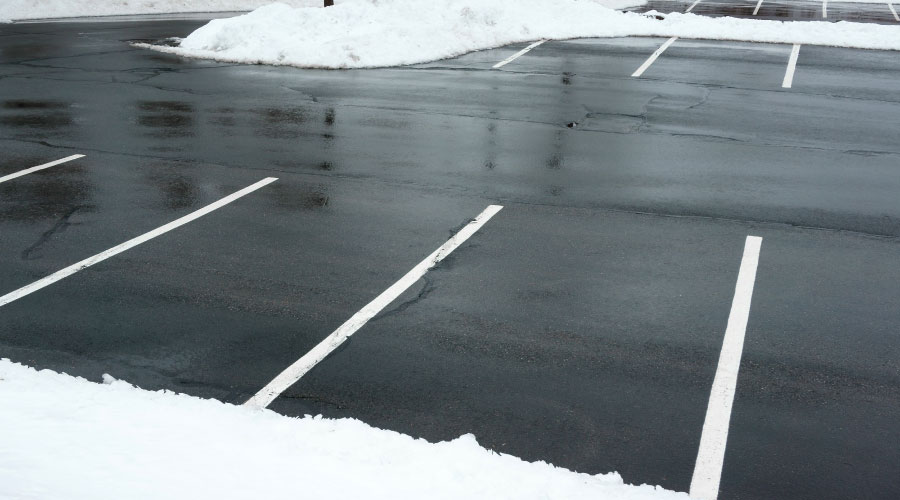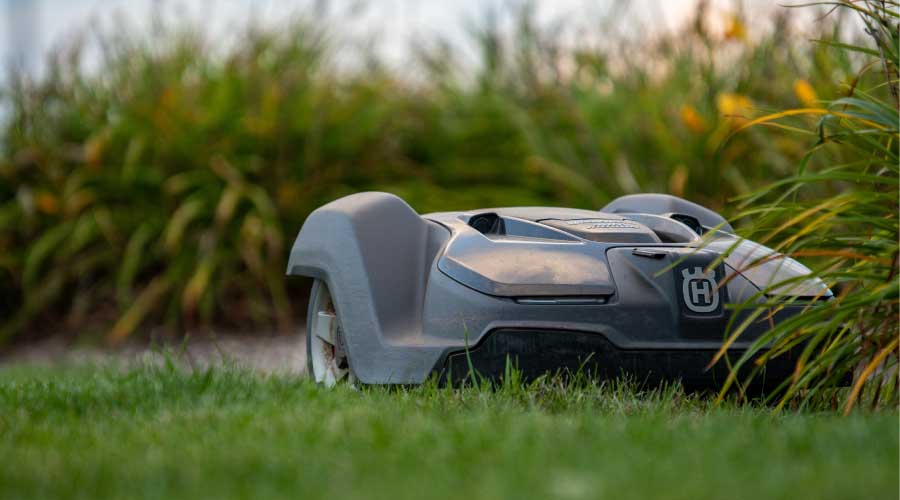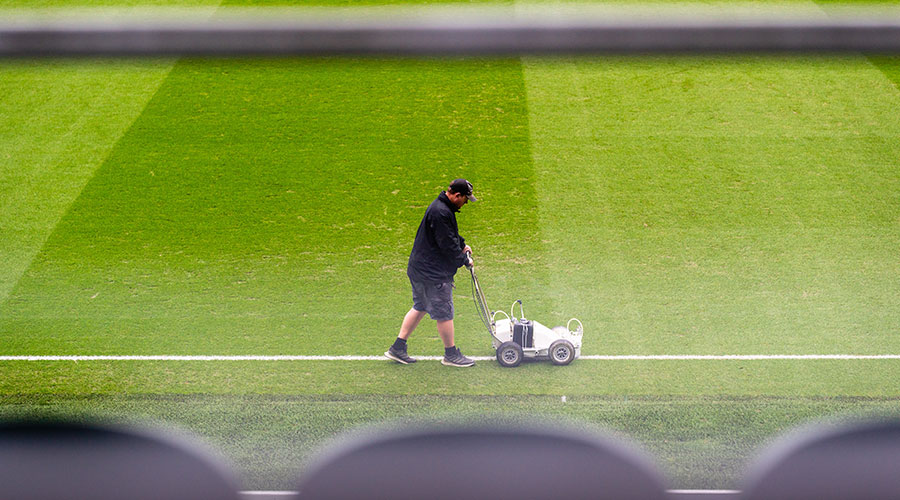Spring Forward: Essential Steps for Warm-Weather Success
Spring can seem a long time away in many parts of the country when forecasts call for more snow and colder temperatures. But when the snow inevitably melts, and temperatures rise, grounds and landscape managers with institutional and commercial facilities face many challenges to prepare landscapes for a new growing season.
Preparation that begins well before the ground thaws is essential for a successful program to address the many early-season tasks that grounds departments face.
"As soon as you come out of the winter, when spring breaks, for the next six weeks that turf is going to be growing at an astronomical rate," says Mike Fitzpatrick, vice president of U.S. Lawns, a commercial landscape company based in Orlando, Fla. "You could probably stand to cut it twice a week just to keep up with it. (Grounds crews) will probably have to double or triple cut just to get a good appearance and get rid of all the clumps and all the debris that come with it."
Managing turf conditions is always an important part of transitioning to spring. It is especially critical after brutal winters. Vegetation in areas where bitter cold is rare, such as the South, might need extra time to recover from winter.
"Check the turf for dead spots," Fitzpatrick says. "Severe winter turf grasses typically will handle the cold weather. But if the weather is more severe than normal, they will definitely have some dead spots. Grounds managers want to look at doing some levels of deep thatching and aeration. Managers may want to do some seeding to fix those dead areas and do some spring fertilization to kick that grass out of its dormancy."
Severe winters also can mean extreme damage to shrubbery and trees, requiring replacement or additional pruning of shrubbery and trees. It is essential that managers monitor the winter damage but also give the vegetation time to respond to the warmer weather.
Managers should give their vegetation a month to respond to the warmer temperatures before deciding on the next step, Fitzpatrick says.
"Most people know when their last freeze day was, depending on where they're located in the country," he says. "Within 30 days after that, you should have a pretty good idea what turf and what plant material has been damaged over the winter and won't make it back without some assistance or replacement."
Related Topics:












